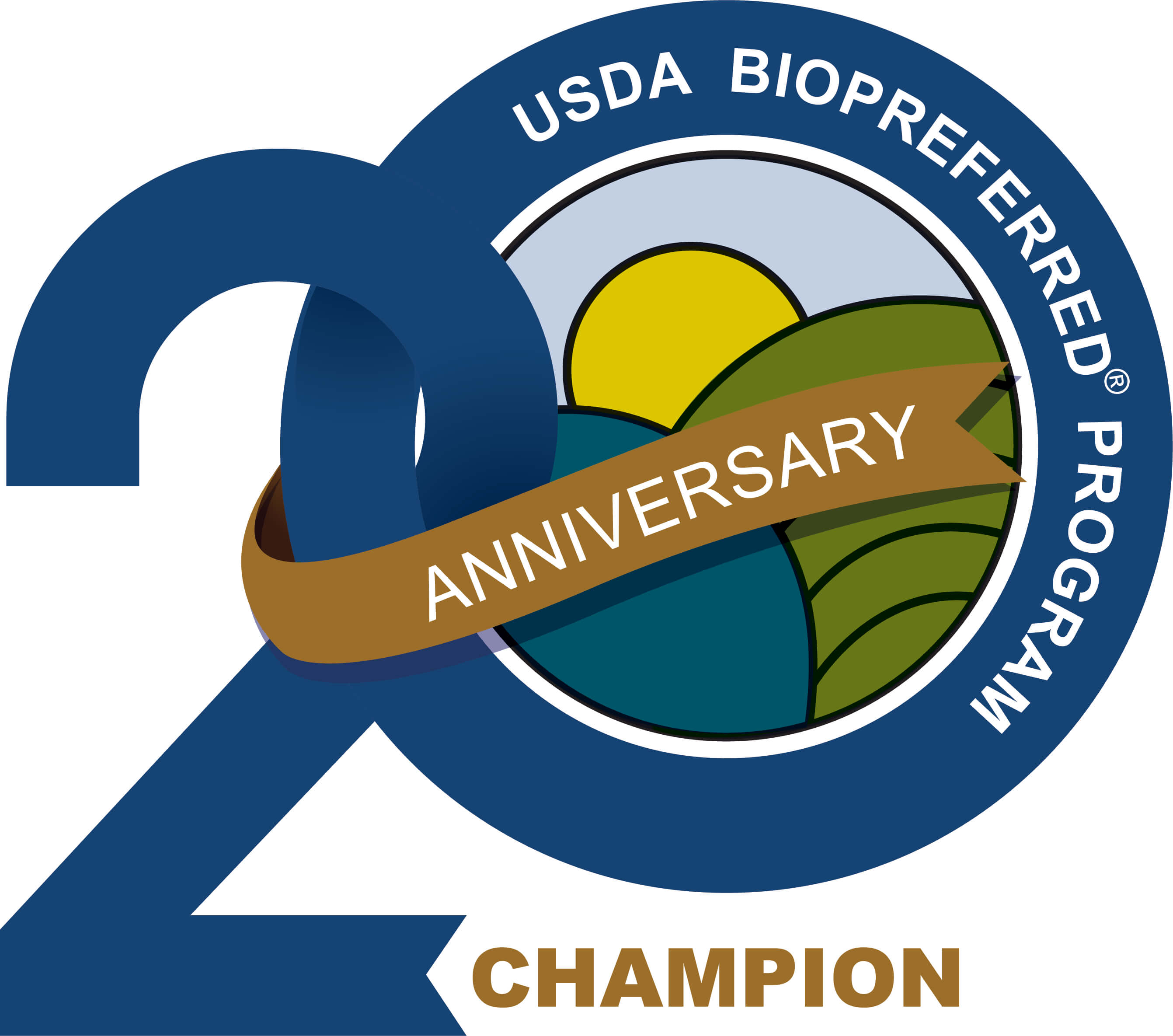
Calcium, Lime, & Rust Remover Spray Bottle
- Quickly and easily dissolves and removes tough calcium and lime deposits. Can be used on surface stains on windows, siding, refrigerator shelves, ice makers, toilet tanks, tiles, faucet edges, bicycle spokes, sliding door channels, windshield wiper nozzles, and grout.
- Ready-to-use and added convenience for use on vertical surfaces.
- Part of the EPA’s Safer Choice Program recognizing the product as a safer alternative to traditional chemicals. Contains no phosphates and is septic safe.
LOOK FOR CALCIUM, LIME, & RUST REMOVER SPRAY BOTTLE IN THIS SIZE
- 22 oz. spray bottle
For use on these surfaces
- Chrome
- Fiberglass
- Porcelain
- Stainless Steel
More information
How to use this product
- Turn nozzles to the “ON” position and spray 6-8 inches from surface
- Allow Calcium, Lime, & Rust Remover to soak for 2 minutes before wiping with a sponge, cloth, or brush.
- After 2 minutes, rinse thoroughly with cold, clean water. Avoid prolonged contact with any surface.
- Always read the manufacturer's directions of the item you will be cleaning to make sure that this product is compatible. Consumer discretion is always advised.
Calcium, Lime, and Rust Remover may etch older sinks, tubs, and tiles. Avoid contact with wood, clothing, wallpaper, carpeting, natural stones, brass, copper, aluminum, galvanized metals, any painted, coated or sealed surfaces. Clean spills immediately.
Product ingredients





| Water | Dilutent: CAS #7732-18-5 |
|
|
| Dilutent: CAS #7732-18-5. Reverse Osmosis (RO) is a water treatment process that removes contaminants from water by passing the water through a membrane, (filter), where contaminants are filtered out yielding more pure quality water. | |||
| Lactic Acid | Chelating Agent: CAS #79-33-4. |
|
|
| Chelating Agent: CAS #79-33-4. Lactic acid is found in many yogurts and cheeses. It is also produced in the muscles during intense activity. Commercially, it is produced by fermentation of simple sugars. In cleaning products it functions as a chelating agent; a compound that makes metals more soluble in water. As part of the EPA Safer Choice Program, it has been evaluated and determined to be safer than traditional chemical ingredients. | |||
| Gluconic Acid | Chelating Agent: CAS #526-95-4. |
|
|
| Chelating Agent: CAS #526-95-4. This ingredient is an acid formed from the sugar glucose, which naturally occurs in fruit, honey and wine. It is a chelating agent; a compound that makes metals more soluble in water. As part of the EPA Safer Choice Program, it has been evaluated and determined to be safer than traditional chemical ingredients. | |||
| Lauramine Oxide | Surfactant: CAS #1643-20-5. |
|
|
| Surfactant: CAS #1643-20-5. Used in cleaners to modify the surface tension of water, to aid in even spreading and to allow mixing with oil and dirt so that they can be rinsed away; it is included in many soaps, detergents, and several groups of antiseptics. As part of the EPA Safer Choice Program, it has been evaluated and determined to be safer than traditional chemical ingredients. | |||
| Tripropylene Glycol n-Butyl Ether | Solvent: CAS #55934-93-5. |
|
|
|
Solvent: CAS #55934-93-5. Used to slow down the evaporation of many liquid products including oven cleaners and inks for ball-point and felt-tip pens. It is very effective at absorbing organic material. As part of the EPA Safer Choice Program, it has been evaluated and determined to be safer than traditional chemical ingredients. California CPRKA Designated Lists (12) US NTP Reproductive or Developmental Toxicants. https://ntp.niehs.nih.gov/publications/monographs/index.html (16) California NLs. https://oehha.ca.gov/water/notification-levels-chemicals-drinking-water (18) California TACs. https://ww3.arb.ca.gov/toxics/id/taclist.htm (20) California Non-Cancer Hazards. https://oehha.ca.gov/air/general-info/oehha-acute-8-hour-and-chronic-reference-exposure-level-rel-summary |
|||
| Yellow No. 5 | Colorent: CAS #1934-21-0. |
|
|
| Colorent: CAS #1934-21-0. A synthetic lemon yellow dye used all over the world, primarily as food coloring. As part of the EPA Safer Choice Program, it has been evaluated and determined to be safer than traditional chemical ingredients. | |||
| FD&C Blue No. 1 | Colorent: CAS #3844-45-9. |
|
|
| Colorent: CAS #3844-45-9. A blue dye used for foods and other substances. As part of the EPA Safer Choice Program, it has been evaluated and determined to be safer than traditional chemical ingredients. | |||
FAQs
What will Calcium, Lime and Rust Remover do to brass, copper or aluminum?
Calcium, Lime and Rust Remover can not only remove the finish off of brass, aluminum and copper, but can also pit certain grades of brass, copper and aluminum.
What surfaces should I not use Calcium, Lime and Rust Remover on?
Do not use Calcium, Lime and Rust Remover on any natural stone or marble (including cultured marble), terrazzo, colored grout (any other color than white), any painted, coated, sealed or metallic glazed surfaces, plastics, laminates, Formica, Corian, aluminum, galvanized metals, nickel, oil rubbed bronze, brass, copper, steam irons, leaded crystal, refinished tubs or any damaged or cracked surface. Calcium, Lime and Rust Remover may etch older sinks, tubs and tiles. Calcium, Lime and Rust Remover is corrosive. Avoid contact with wood, clothing, wallpaper and carpeting. Some laminated surfaces (counter tops) are coated with a synthetic surface which may be affected by rust removers; clean spills immediately. Always spot test first on an inconspicuous area.
I used Calcium, Lime and Rust Remover to clean my glasses and it did not remove the deposits. Do you know why?
If it seems that the Calcium, Lime and Rust Remover did not help at all, the glasses may be etched and there is no remedy to remove the cloudiness from the glasses. The cloudiness is actually tiny cuts made in the glass by deposits in the water. The only thing that may remove the etching is a jeweler’s polish.

